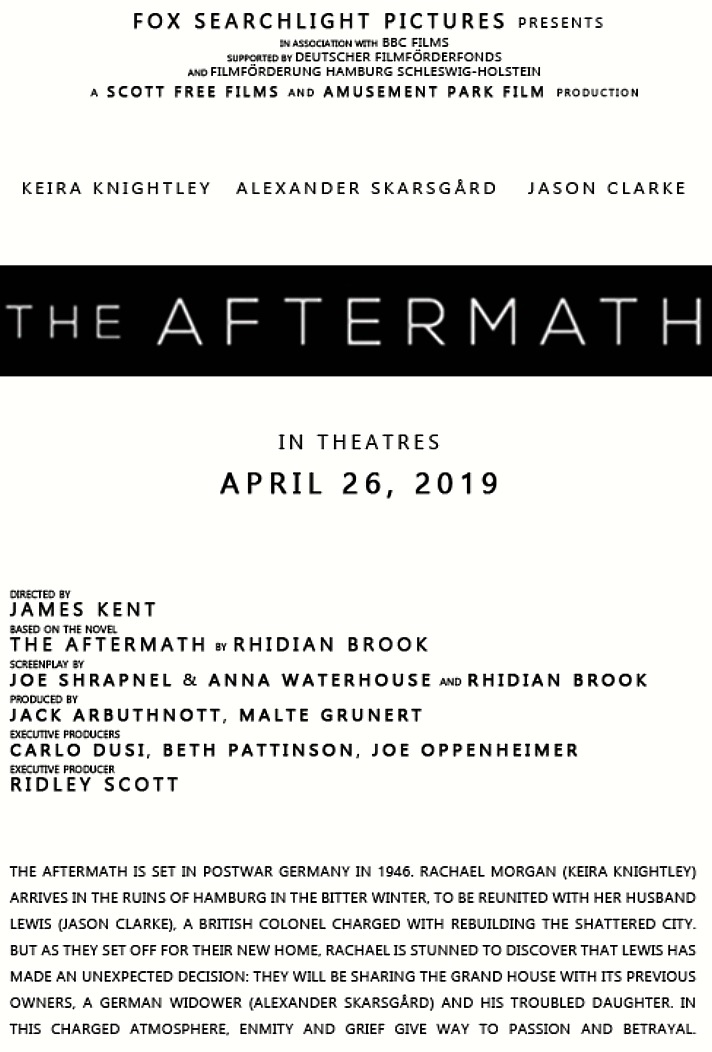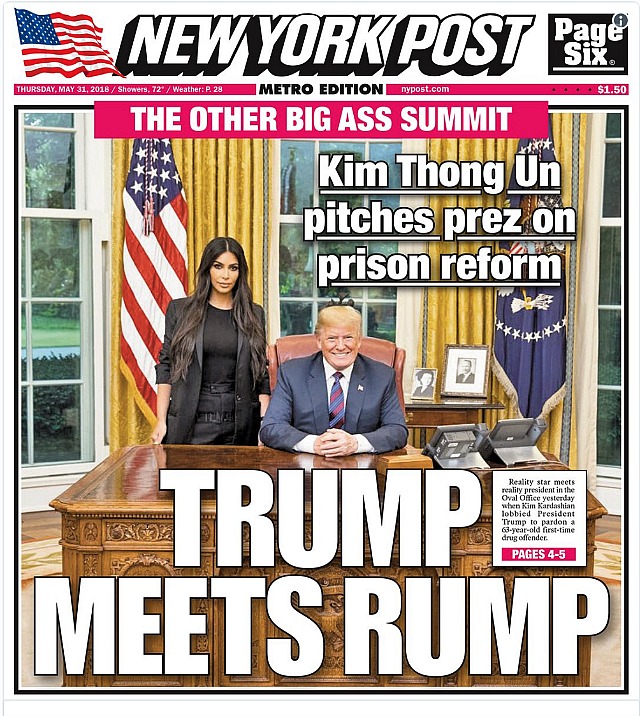Last night I caught a screening of Baltasar Kormakur‘s Adrift, a not-great, not-bad, survival-at-sea drama that’s based on an actual early ’80s saga, and more particularly “Red Sky at Mourning: A True Story of Love, Loss, and Survival at Sea” by Tami Oldham Ashcraft and Susea McGearhart. It’s not a time-waster or a throwaway, but I didn’t respect it in the end. And neither will you.
You can tell right away that Adrift wants to deliver coo-coo romantic vibes for its target audience (i.e., younger women, couples). Loving currents first and surviving nature’s wrath second. The sailor-lovers are played by Shailene Woodley (as Oldham) and the good-looking Sam Claflin (as her bearded boyfriend and sailing partner Richard Sharp). The filmmakers wanted to milk the bejeesus out of that togetherness, that “I love you more than life itself” stuff. And that they did.
This strategic determination, crafted by screenwriters Aaron Kandell, Jordan Kandell and David Branson Smith and obviously agreed to by Kormakur, results in a significant third-act revelation or confession that reveals their lying, cheating hearts.
Adrift creators to audience: “We wanted to give you a film about a young, loving, struggling-to-survive couple, and we did that for the most part so too effing bad if we flim-flammed you. Get over it. Life is full of fake-outs and people dealing from the bottom of the deck. We didn’t do anything that bad. Have some more popcorn.”
At the very least Adrift reminds you how much better All Is Lost was, is and always will be. All hail J.C. Chandor and Robert Redford for delivering a stone classic of this realm. Anyone who sees All Is Lost and goes “yeah, not bad, decent” needs to get his/her pipes cleaned. It’s made of landmark, classic, world-class stuff, and is most definitely a metaphor for the struggle and the loneliness and sometimes the feelings of futility that comes with late-period aging (which I got from the experience of my parents when they hit their 80s).





